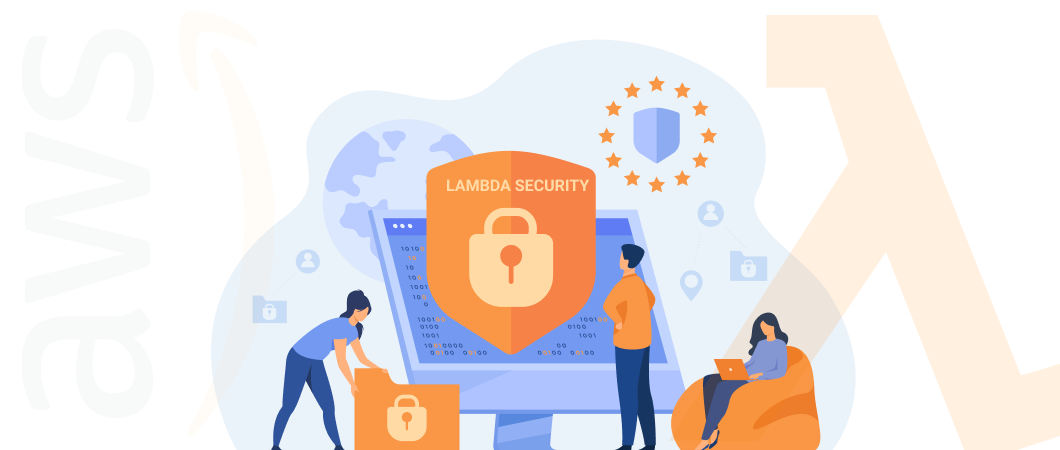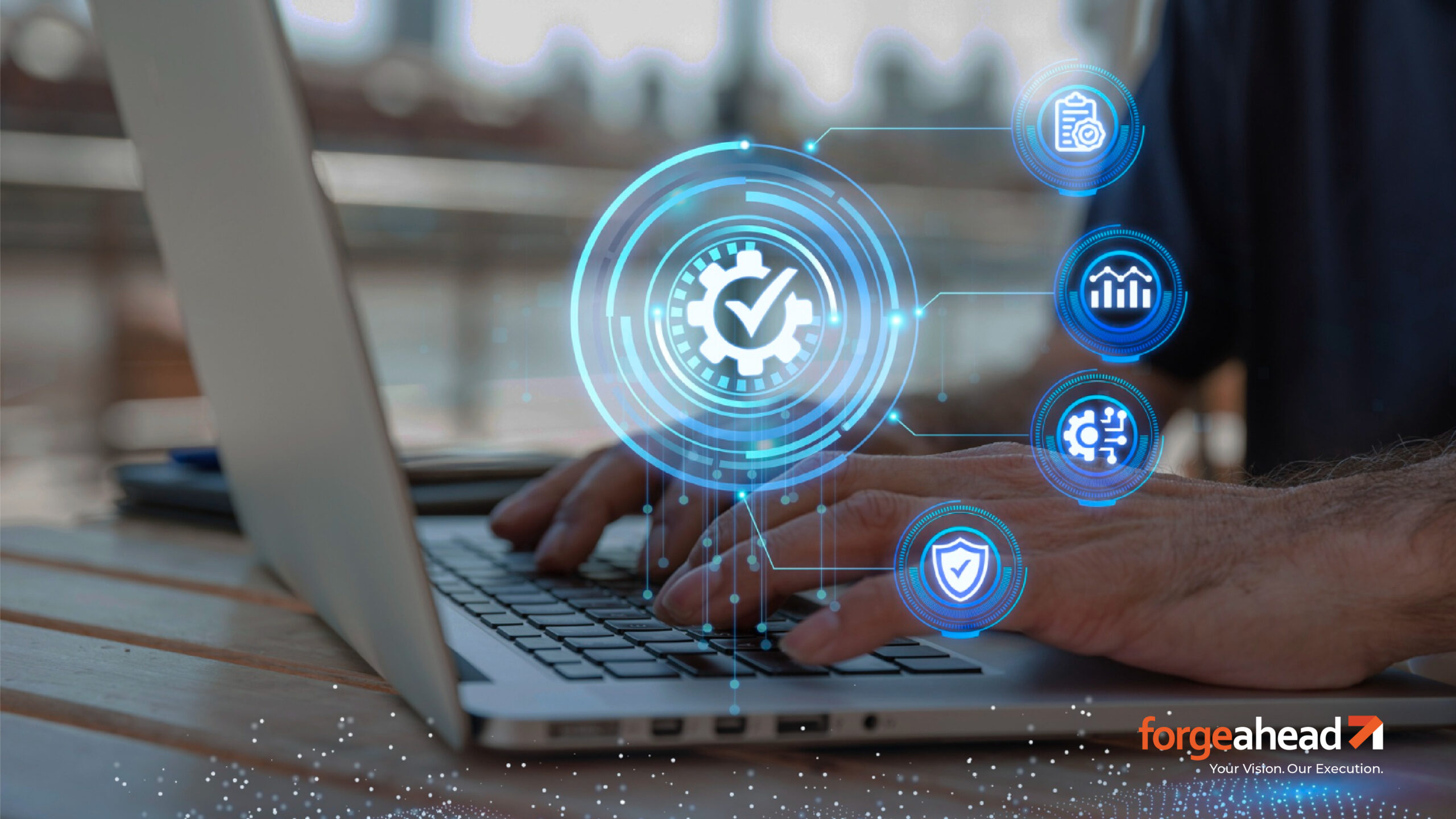Amazon Web Services (AWS) dominates the cloud computing market, and its serverless offering, AWS Lambda, has gained immense popularity among application developers. With its event-driven architecture and fully managed serverless environment, AWS Lambda enables improved performance, scalability, and cost-effectiveness. However, ensuring the security of your AWS Lambda functions is crucial to protect mission-critical information. In this article, we provide a comprehensive security checklist to help you establish robust security measures for AWS Lambda.
A Shared-Responsibility Model:
Before diving into the security checklist, it’s essential to understand the shared-responsibility model that AWS infrastructure operates under. This model recognizes that security is a joint effort between AWS and the customer. While AWS provides a secure and global infrastructure, customers are responsible for safeguarding the integrity, confidentiality, and availability of their data in the cloud. AWS ensures the security of the cloud, while customers are accountable for security in the cloud.
AWS Lambda Security Checklist:
To establish a robust security management system and protect your assets and data, consider the following best practices specifically designed for serverless architectures like AWS Lambda:
Generating AWS IAM Roles with the Fewest Privileges:
Implement the principle of least privilege when creating IAM roles for AWS Lambda functions. Grant only the necessary permissions to minimize the potential risks associated with overly permissive roles. Ideally, each Lambda function should have a dedicated IAM role to compartmentalize capabilities.
Logging and Audit Trails for AWS Lambda:
Enable real-time event monitoring and logging to detect potential security incidents promptly. Use AWS-provided logging tools like CloudWatch and CloudTrail to monitor and analyze logs generated by your Lambda functions. Traditional on-premise security tools may not be effective in a serverless environment.
Temporary AWS Credentials:
Avoid including long-lived AWS credentials within Lambda function code. Instead, leverage AWS SDK to create AWS service clients without explicit credentials. The SDK manages the retrieval and rotation of temporary credentials automatically. For cross-account integrations, grant the execution role access to the AssumeRole API within AWS Security Token Service.
Define and Categorize Assets:
Identify all information assets requiring protection and categorize them as essential elements or supporting components. This classification helps determine appropriate security measures for each asset, including hardware, software, personnel, sites, and partner organizations.
Design an Information Security Management System:
Establish an information security management system (ISMS) that outlines standards for implementing, reviewing, monitoring, improving, and maintaining security measures. The ISMS should align with the identified asset categories and be technically and financially viable.
API Authorization:
Utilize an API gateway to take ownership of authentication and authorization for your API clients. Leverage features such as native AWS SigV4 authentication, generated client SDKs, and custom authorizers to secure access to your Lambda functions.
Suggested Read: How AWS Lambda Boosts Product Innovation And Efficiency?
Conclusion:
Securing your AWS Lambda functions is of paramount importance to protect your organization’s assets and data. By following the comprehensive security checklist provided in this article, you can establish effective security measures based on best practices specific to AWS Lambda and serverless architectures. If you need further assistance, feel free to contact us.



